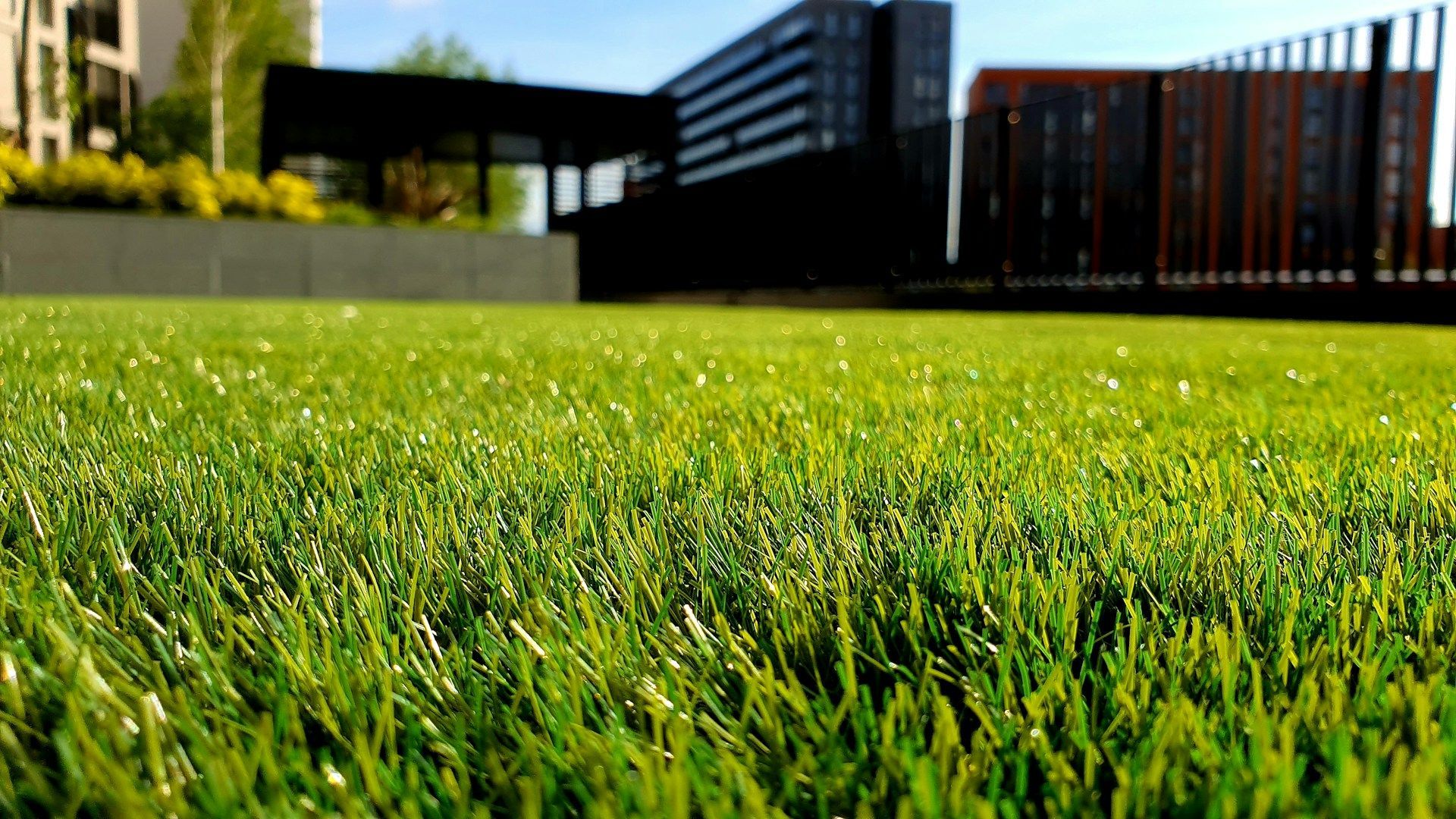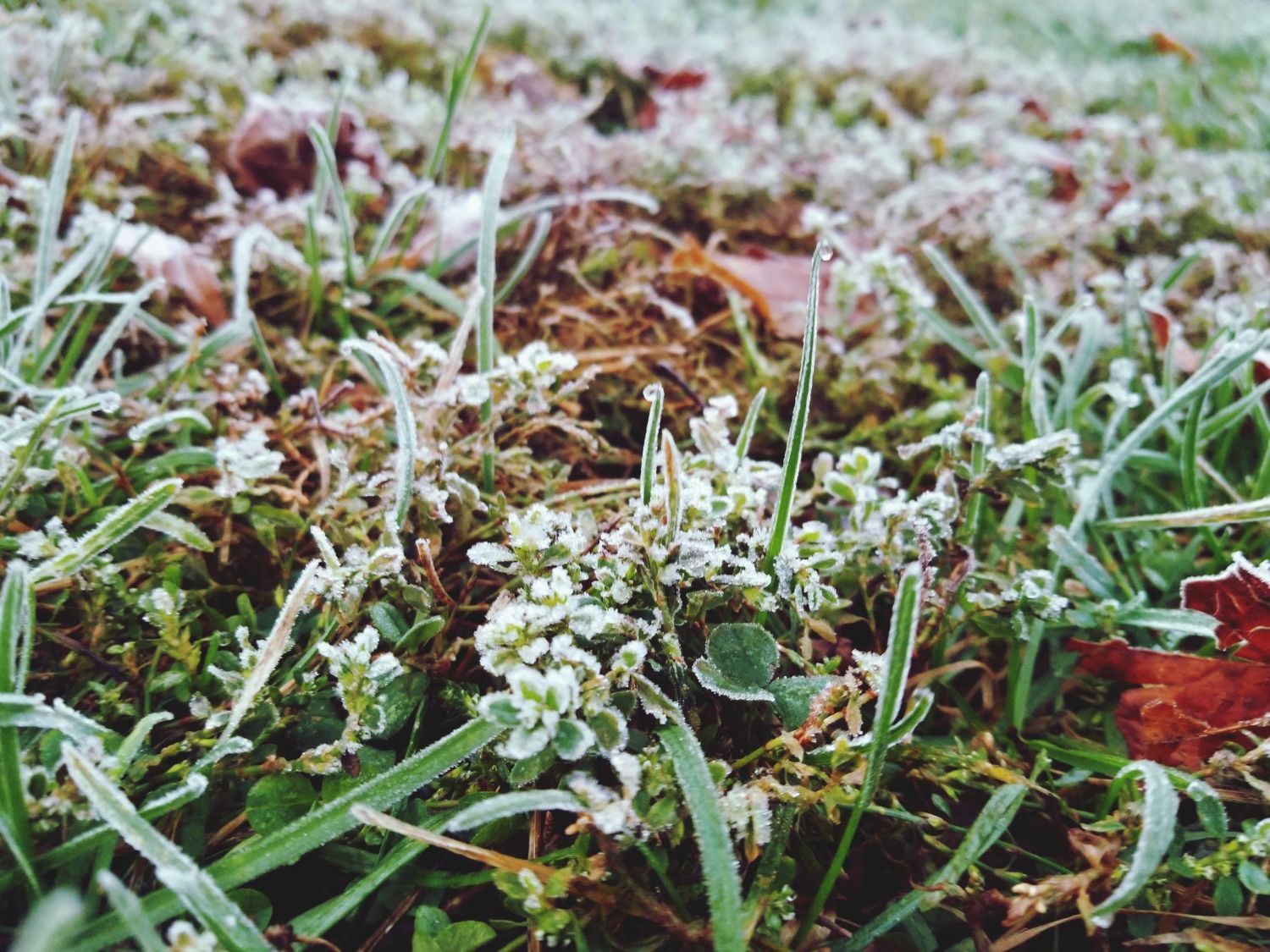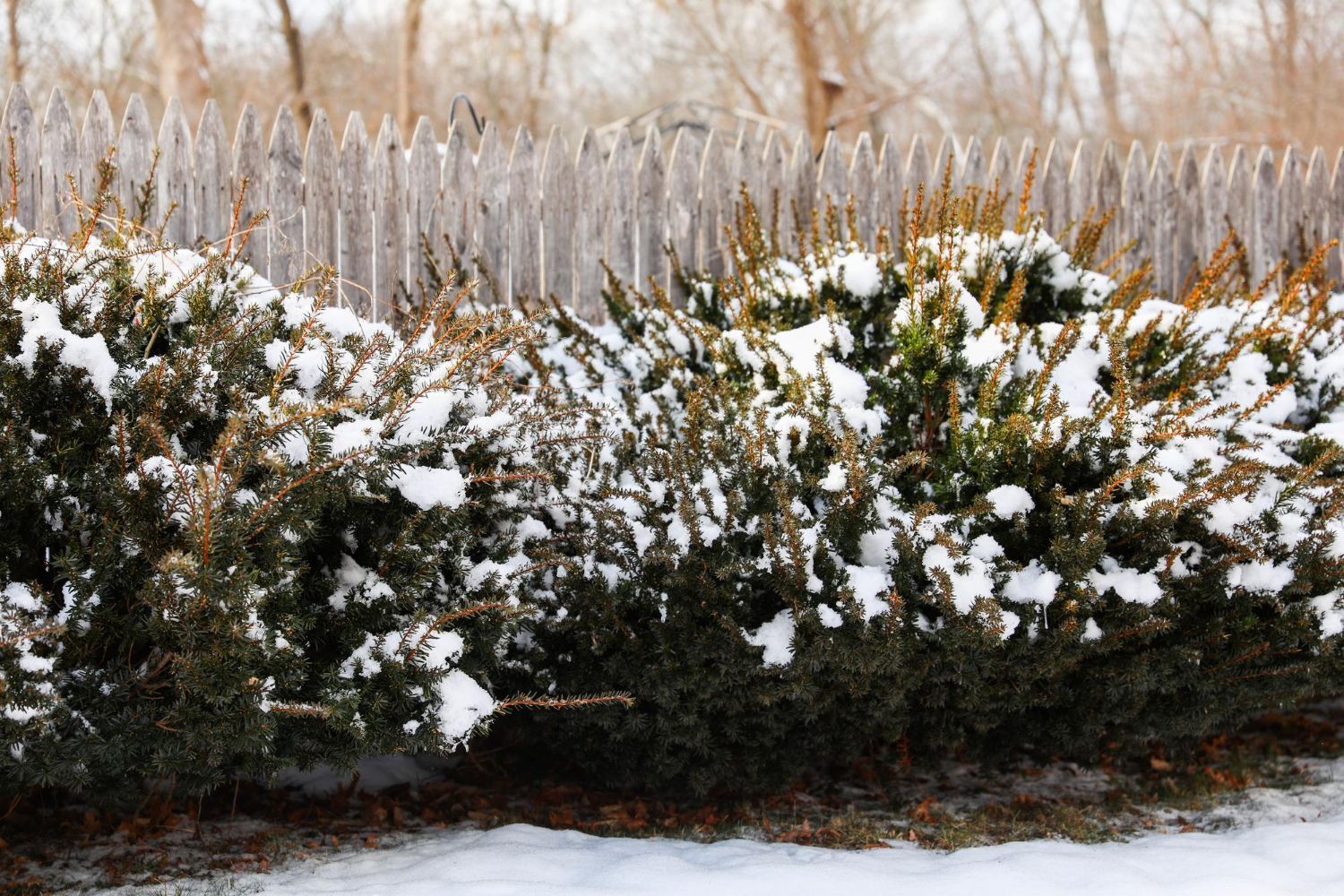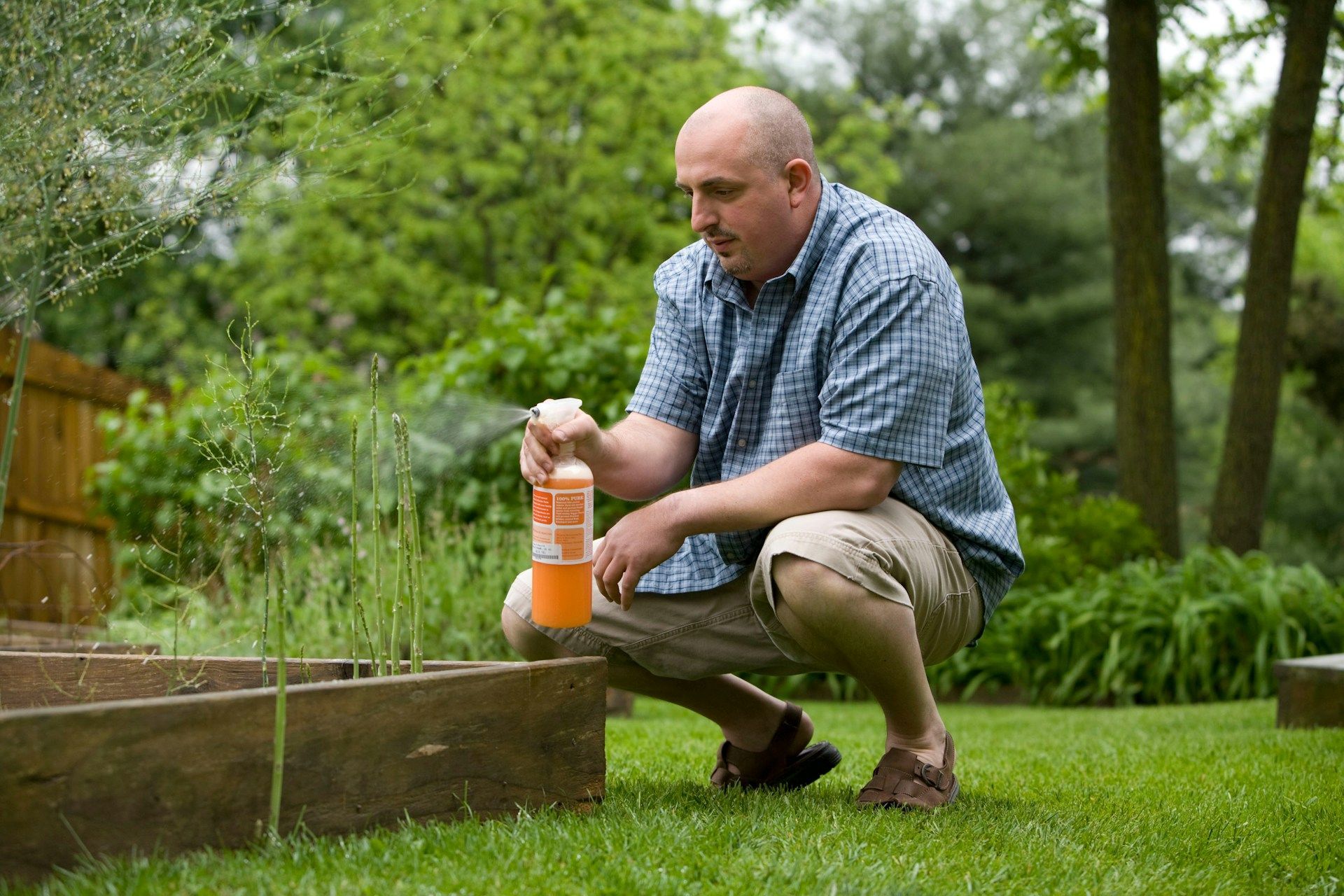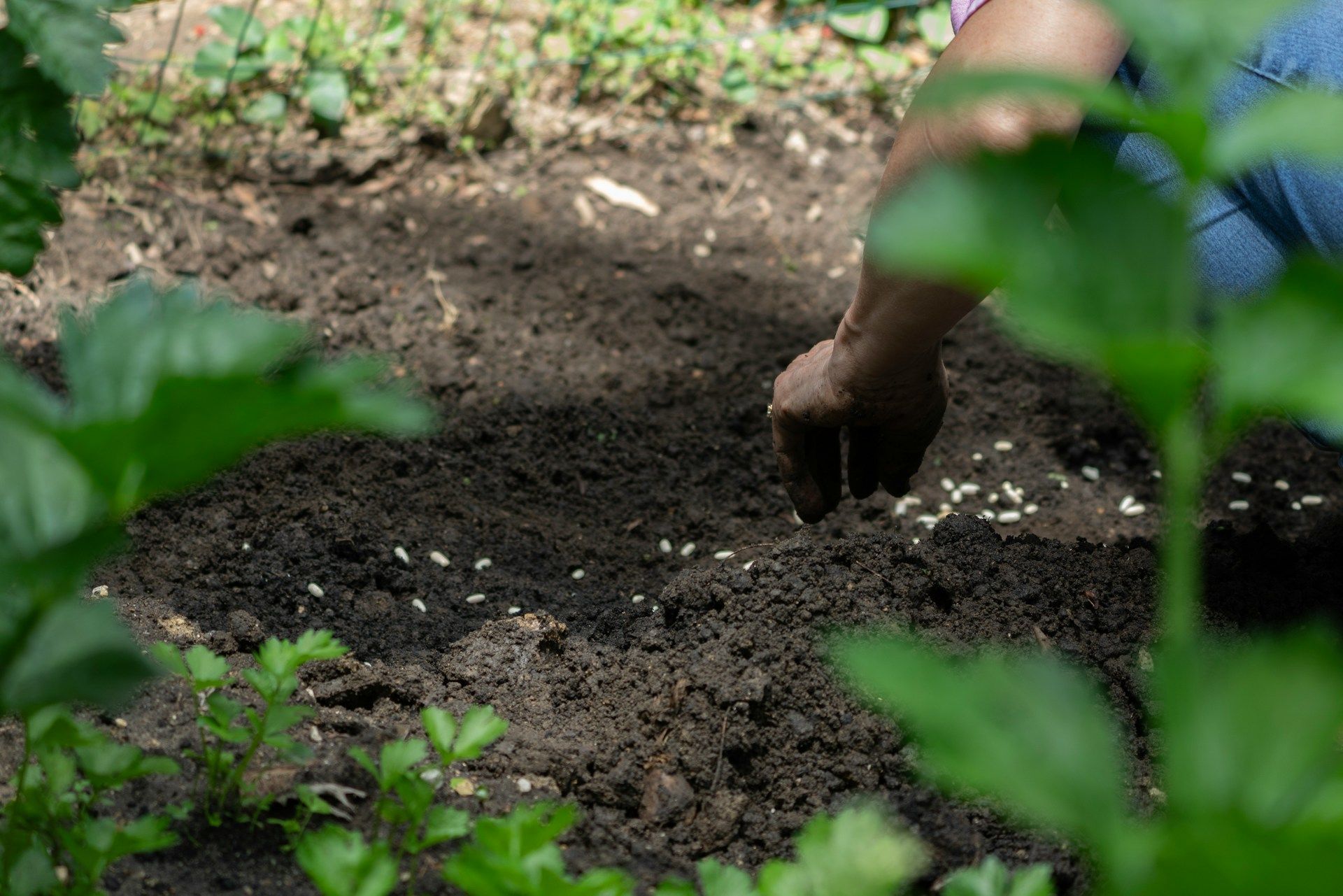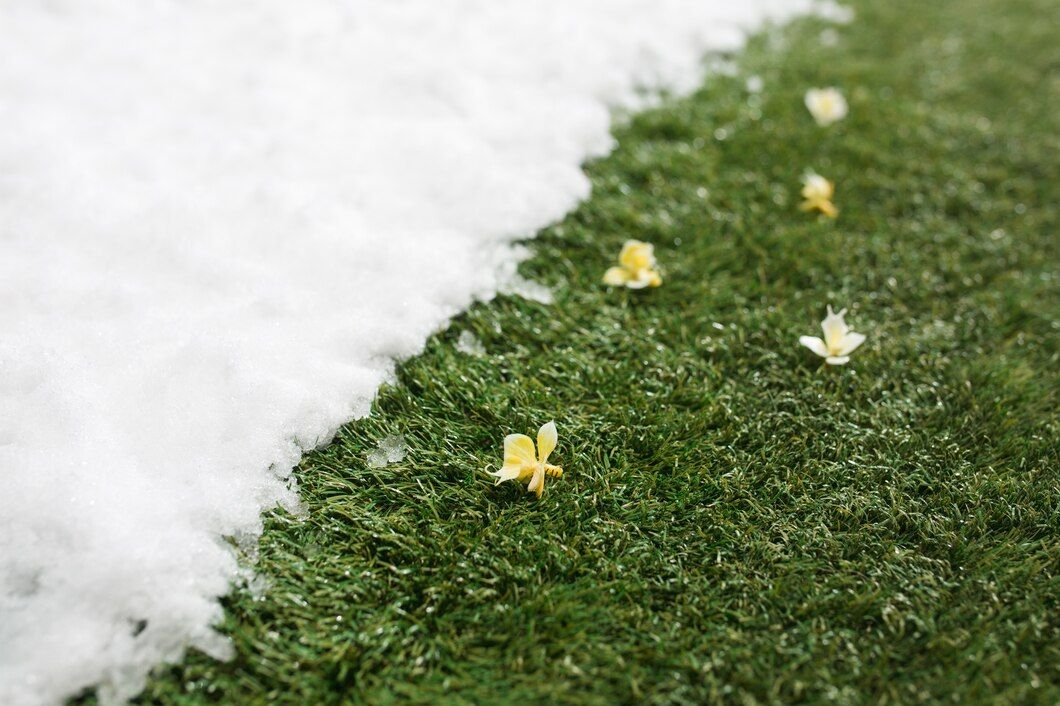What Our Customers Are Saying
Optimal Grass Cutting for Lush Lawns: Learn the Science
Many homeowners strive for a lush, beautifully manicured lawn, yet only some realize how critical the science of mowing is to achieve this. Cutting your grass isn't just about keeping your yard tidy; it's about promoting a healthier lawn that can resist pests, diseases, and weeds.
This article will explore why mowing at the right height and frequency is vital for the vigor and resilience of your lawn. Understanding these principles can transform mowing from a mere chore into a strategic component of lawn care. On top of that, this guide, backed by professional insights from Healthy Lawn, will equip you with the knowledge to make informed decisions about lawn mowing practices, benefiting the overall health and aesthetic of your property.
The Basics of Lawn Mowing Height
Grass cutting height, commonly known as the "mowing height," is crucial in determining the health and appearance of your lawn. Different grass types have specific height requirements, largely based on their growing habits and environmental conditions. For example, cool-season grasses like Kentucky Bluegrass and Fescue thrive when maintained at a height of about 2.5 to 3.5 inches, while warm-season grasses like Bermuda and Zoysia perform better when cut shorter, approximately 1 to 2 inches.
Maintaining the correct height encourages deeper root systems, which enhances water and nutrient uptake and improves the grass's drought tolerance. Mowing too low, often called "scalping," can stress the grass, hinder root growth, and expose the lawn to weeds and diseases. On the other hand, leaving grass for too long can make your lawn susceptible to pests and fungal diseases.
Understanding the "One-Third" Rule
One of the most fundamental principles in lawn mowing is the "one-third" rule. This rule states that you should never remove more than one-third of the grass blade in a single mowing session. Cutting more than this can shock the grass, resulting in a weakened lawn that struggles to recover.
Adhering to this rule requires regular mowing, adjusted according to the growth rate of the grass, which varies with seasonal changes in temperature and rainfall. In the rapid growth phases of spring and autumn, you might find yourself mowing twice a week, whereas during the slow growth period in the summer heat, once a week or less may suffice.
The Role of Mowing Frequency in Lawn Health
Mowing frequency is just as critical as the height. Regular trimming, guided by the growth rate of your grass and adherence to the one-third rule, promotes a dense, lush lawn, as it encourages the grass to grow laterally rather than vertically. This lateral growth not only enhances the thickness of your lawn but also helps in shading the soil surface, reducing weed germination and invasion.
Furthermore, consistent mowing helps to remove weak shoots, leaving behind the strongest and healthiest grass blades. Over time, this selective removal improves the overall health and visual appeal of your lawn. It also ensures that your grass remains resilient against environmental stresses and less reliant on chemical interventions.
Mowing Techniques for Optimal Lawn Health
A proper mowing technique is essential for supporting the health and vitality of your lawn. Consider these strategic approaches:
- Mower Blade Sharpness: Always use a mower with sharp blades. Dull blades tear the grass, creating jagged edges that are more susceptible to pests and diseases. Sharp blades make clean cuts that heal faster, keeping your lawn healthier.
- Mowing Pattern Variation: Avoid mowing in the same direction each time. Alternating your mowing pattern helps prevent soil compaction and grass blades from leaning in one direction, which can result in uneven growth patterns and ruts in the soil.
- Clippings Management: If you mow regularly and remove only a small amount of grass each time, consider "grasscycling" by leaving the clippings on the lawn. Grass clippings can decompose quickly and return valuable nutrients to the soil, reducing the need for additional fertilizers. However, if there is an excessive build-up of clippings, they should be removed to prevent thatch accumulation.
- Adjusting for Seasonal Needs: Your mowing schedule and technique should also adapt to seasonal changes. In spring, mow at a moderate height to strengthen roots for the hot summer months. During summer, raise the mowing height to reduce stress on the grass. In autumn, gradually lower the height to prepare the lawn for winter.
Advanced Mowing Tips for a Professional Finish
To elevate your lawn care routine, consider the following advanced tips:
- Use of Mulching Mowers: Mulching mowers cut grass clippings into small pieces, which are distributed back onto the lawn as you mow. This process helps retain moisture, suppresses weed growth, and provides a natural fertilizer to your grass.
- Monitoring Weather Conditions: Avoid mowing during wet conditions as this can spread diseases and lead to uneven cuts. Also, during periods of drought, reduce the frequency of mowing to allow grass to conserve resources.
- Integrating with Overall Lawn Care: Mowing should be part of a broader lawn care strategy that includes proper watering, fertilizing, and aeration. Ensuring your soil has the right nutrients and structure contributes significantly to the success of your mowing efforts.
By implementing these mowing strategies, you not only maintain a neat appearance but significantly enhance the health and resilience of your lawn. Whether you're maintaining a small home garden or managing a large property, understanding and applying the science behind lawn mowing will help you achieve a more vibrant and sustainable green space.
Elevate Your Lawn Care with Professional Expertise
Achieving the perfect lawn is much more than a simple trim. Understanding the science behind lawn mowing—optimizing height, adhering to the one-third rule, varying mowing patterns, and incorporating advanced techniques—can deeply enhance the health and aesthetics of your green space. If you're looking to elevate your lawn to professional standards, trust the experts at Healthy Lawn. With years of experience and a commitment to quality, our team can provide personalized services that ensure your lawn is not only mowed to perfection but thriving in every season.
Ready to transform your lawn into a lush, vibrant landscape? Visit Healthy Lawn today for more information and schedule a consultation. Let us help you achieve the lawn of your dreams with
professional lawn care and precision.



